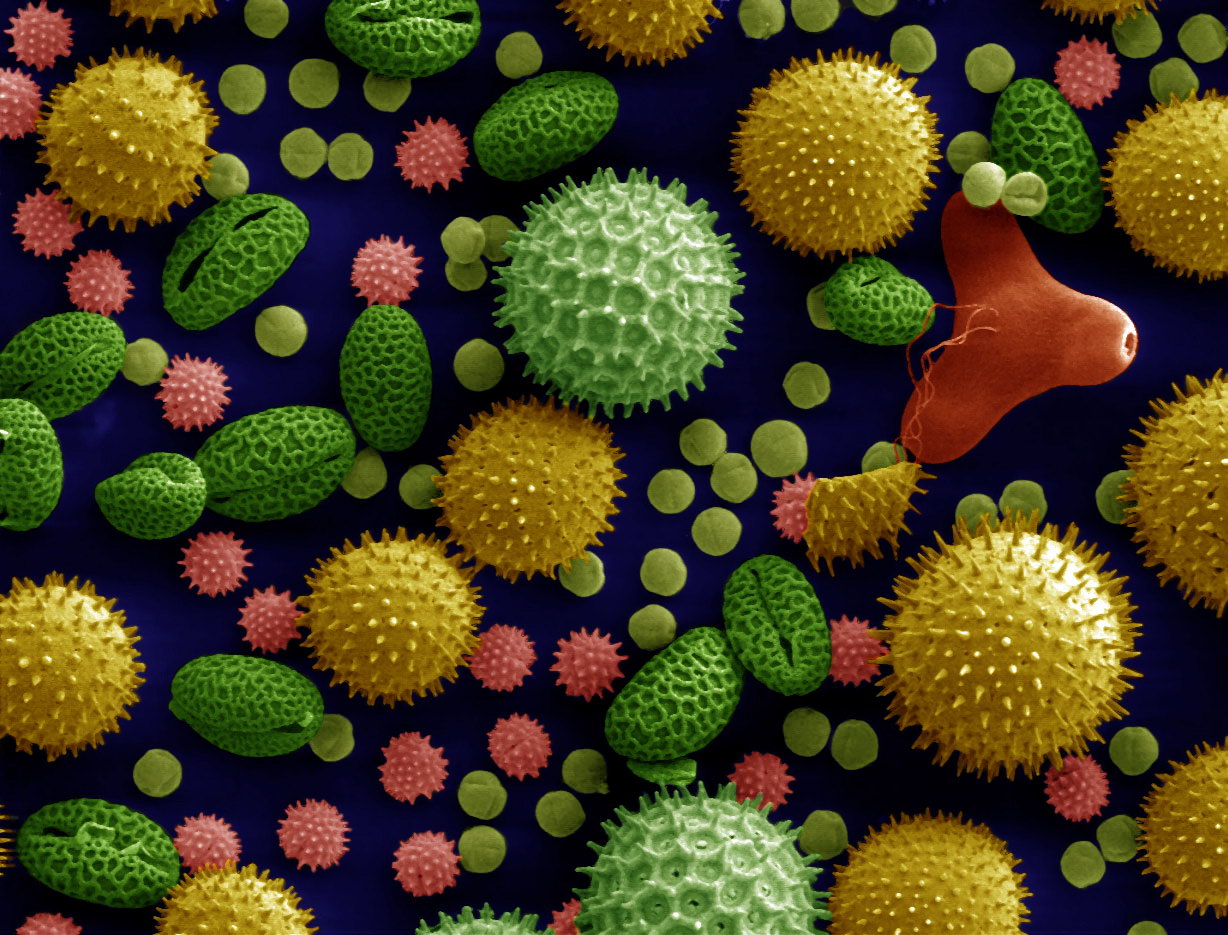Pollen Allergy: Symptoms, Causes, Treatment
What are the symptoms of a pollen allergy?
Pollen allergies, also known as hay fever or allergic rhinitis, can cause a variety of symptoms, especially during the pollen season. Common symptoms of a pollen allergy include:
- Sneezing: Persistent or frequent sneezing, especially when exposed to pollen.
- Runny or stuffy nose: Nasal congestion or a runny nose, often accompanied by clear, watery discharge.
- Itchy or watery eyes: Itching, redness, and watering of the eyes (allergic conjunctivitis).
- Itchy throat or ears: Some people may experience itching in the throat or ears.
- Coughing: A dry cough may occur, particularly at night.
- Wheezing or difficulty breathing: Some people with pollen allergies may experience wheezing or difficulty breathing, especially if they also have asthma.
- Fatigue: Feeling tired or rundown, often due to poor sleep quality caused by nasal congestion or other symptoms.
- Headache: Some people may experience headaches as a result of sinus congestion or pressure.
- Decreased sense of smell or taste: Nasal congestion can lead to a decreased ability to smell or taste.
Symptoms of pollen allergies can vary in severity and may be more pronounced during peak pollen seasons. It’s important to note that pollen allergies are different from food allergies, which can cause more severe symptoms such as hives, swelling, or anaphylaxis. If you suspect you have a pollen allergy, it’s a good idea to see an specialist for proper diagnosis and management.
What are the causes of a pollen allergy?
A pollen allergy, also known as hay fever or allergic rhinitis, is caused by an allergic reaction to pollen from trees, grasses, or weeds. When a person with a pollen allergy inhales pollen, their immune system mistakenly identifies it as a harmful substance and produces antibodies to attack it. This immune response triggers the release of chemicals such as histamine, which leads to the symptoms of an allergic reaction.
The specific type of pollen that triggers a person’s allergies can vary depending on the individual and the region where they live. Common sources of pollen that can trigger allergies include:
- Tree pollen: Trees such as oak, birch, cedar, and pine produce pollen that can trigger allergic reactions in some people. Tree pollen allergies are more common in the spring.
- Grass pollen: Grasses such as Bermuda grass, Timothy grass, and ryegrass produce pollen that can trigger allergies. Grass pollen allergies are more common in late spring and early summer.
- Weed pollen: Weeds such as ragweed, sagebrush, and pigweed produce pollen that can trigger allergies. Weed pollen allergies are more common in the late summer and fall.
Pollen grains are very light and can be carried long distances by the wind, which is why pollen allergies can occur even in urban areas far from natural sources of pollen. Pollen counts tend to be higher on warm, dry, and windy days, which can increase the likelihood of allergic reactions in susceptible individuals.
What is the treatment for a pollen allergy?
The treatment for a pollen allergy, also known as hay fever or allergic rhinitis, depends on the severity of the symptoms. Treatment options may include:
- Avoidance: Try to avoid or minimize exposure to pollen by staying indoors on high pollen count days, keeping windows closed, using air purifiers with HEPA filters, and avoiding activities that stir up pollen, such as mowing the lawn.
- Medications:
- Antihistamines: Over-the-counter or prescription antihistamines can help relieve itching, sneezing, and runny nose.
- Decongestants: Over-the-counter or prescription decongestants can help relieve nasal congestion.
- Nasal corticosteroids: Prescription nasal corticosteroid sprays can help reduce inflammation and symptoms of allergic rhinitis.
- Leukotriene modifiers: Prescription leukotriene modifiers can help relieve symptoms of allergic rhinitis.
- Allergy shots (immunotherapy): Allergy shots can help desensitize the immune system to allergens over time, reducing the severity of allergic reactions.
- Nasal irrigation: Using a saline nasal rinse or neti pot can help flush out pollen and other allergens from the nasal passages, reducing symptoms.
- Eye drops: Over-the-counter or prescription eye drops can help relieve itching, redness, and watering of the eyes caused by pollen allergies.
- Allergy-proofing your home: Using allergen-proof pillow and mattress covers, washing bedding regularly in hot water, and vacuuming carpets and furniture can help reduce allergen exposure at home.
It’s important to talk to a healthcare provider before starting any new treatment for a pollen allergy, especially if you have other health conditions or are taking other medications. Your healthcare provider can help you develop a treatment plan that is safe and effective for you.




